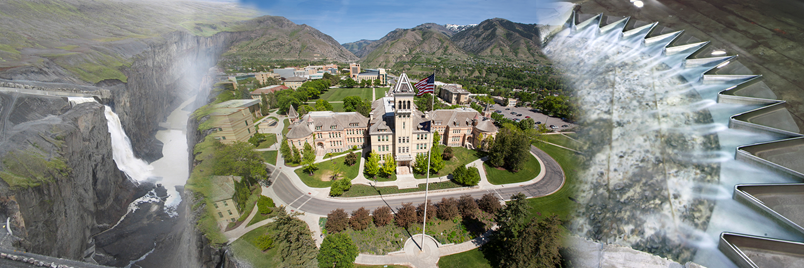Location
Denver, CO
Start Date
6-25-2019 12:00 AM
End Date
6-27-2019 12:00 AM
Description
When estimating spillway discharge rating curves, engineers can use a variety of methods such as empirical equations, one- (1D) or two-dimensional (2D) hydraulic computer models, or a combination thereof; however, conservative assumptions are often applied to such methods. The use of three-dimensional (3D) computational fluid dynamics (CFD) models is an alternative modelling approach that can often better estimate spillway discharge rating curves, especially for complex flow situations. In this study, the results of 3D CFD models are compared to estimates of spillway discharge rating curves developed with a combination of empirical equations and other hydraulic computer models for spillway/bridge combinations. It is shown that results typically agree for lower order methods that share approximations whereas higher order models can produce significantly different results. It is recommended that careful consideration be given to governing equations and effectiveness of representing site geometries when selecting which method(s) to use to develop a discharge rating curve, especially when complex site conditions may be better captured with a higher order model.
Included in
Comparison of Modelling Approaches for Development of Discharge Rating Curves for Spillway/Bridge Combinations
Denver, CO
When estimating spillway discharge rating curves, engineers can use a variety of methods such as empirical equations, one- (1D) or two-dimensional (2D) hydraulic computer models, or a combination thereof; however, conservative assumptions are often applied to such methods. The use of three-dimensional (3D) computational fluid dynamics (CFD) models is an alternative modelling approach that can often better estimate spillway discharge rating curves, especially for complex flow situations. In this study, the results of 3D CFD models are compared to estimates of spillway discharge rating curves developed with a combination of empirical equations and other hydraulic computer models for spillway/bridge combinations. It is shown that results typically agree for lower order methods that share approximations whereas higher order models can produce significantly different results. It is recommended that careful consideration be given to governing equations and effectiveness of representing site geometries when selecting which method(s) to use to develop a discharge rating curve, especially when complex site conditions may be better captured with a higher order model.


